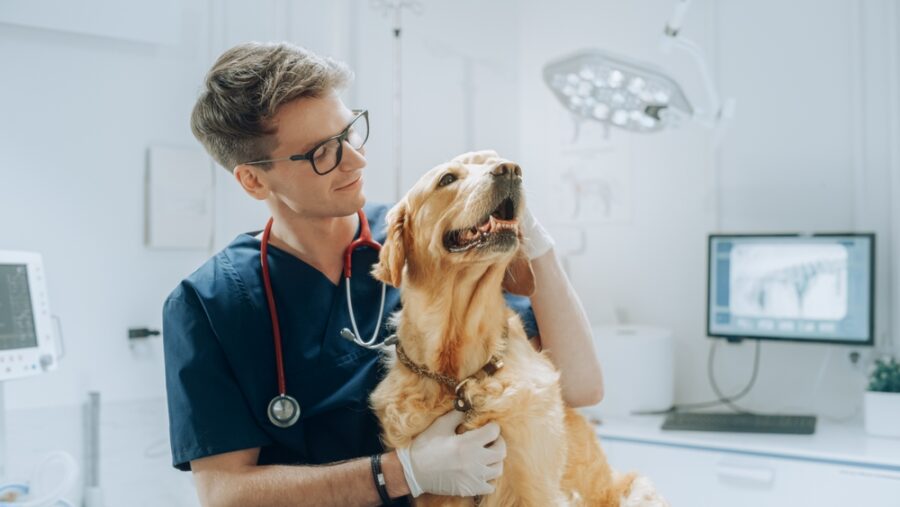A novel method has been devised for measuring vitamin D3 levels in canines.
In recent years, numerous studies have underscored the pivotal role of vitamin D3 supplementation in maintaining canine well-being. Dogs, being small animals, exhibit a profound association between their vitamin D3 status and various health aspects. From bone metabolism to disorders such as congestive heart failure, gastrointestinal ailments, chronic kidney diseases, and specific cancer types, the significance of vitamin D3 cannot be overstated.
However, in the pursuit of optimal health, a balance must be achieved, as over-supplementation can lead to toxicity. Recognizing the clinical importance of gauging vitamin D3 levels in small animal patients, a groundbreaking study introduces a novel analytical method for swift and precise assessment.
Liquid ChromatographyTandem Mass Spectrometry
The study, employing liquid chromatographytandem mass spectrometry, showcases a meticulous approach for quantifying 25-hydroxyvitamin D3 in canine serum. The methodology, in alignment with European guidelines, exhibits outstanding linearity (R2 always ?0.996), accuracy (within ±13%), and precision (always <10%). This cutting-edge technique promises a quick, simple, and high-performance means of measuring the crucial biomarker of vitamin D3.
Method Validation
Validation of the method involved the analysis of samples collected from 40 healthy dogs, allowing the establishment of a reliable reference interval for 25-hydroxyvitamin D3. The results not only emphasize the precision of the method but also indicate that a water-based calibration curve can be employed with minimal impact on accuracy.
Broader Application with Data Accuracy
One of the standout features of this technique is its versatility. The study demonstrates that a surrogate matrix can be used with minimal variation (below 5%), affirming the potential for broader application without sacrificing data accuracy. This aspect opens avenues for seamless integration into clinical routines, providing an invaluable tool for veterinary practitioners to monitor vitamin D3 supplementation in small animal patients.
Implications
With its simplicity and efficiency, the proposed method offers a cost-effective and time-saving alternative to existing approaches in clinical routines. By streamlining the process, it becomes an accessible tool for investigating correlations between 25-hydroxyvitamin D3 concentrations and a myriad of diseases known to impact vitamin D status negatively.
Looking ahead, this groundbreaking technique holds promise in exploring the relationship between serum concentrations of 25-hydroxyvitamin D3 and chronic conditions such as inflammatory enteropathy and neoplasia. Furthermore, its application could revolutionize the monitoring of dietary and adjunctive vitamin D supplementation in dogs, particularly those facing specific health challenges.








